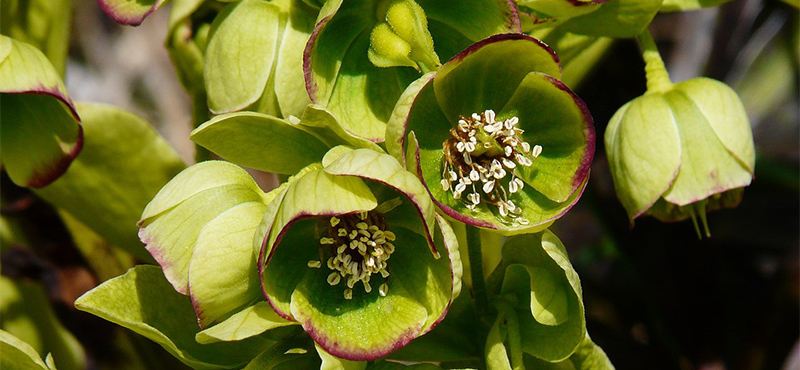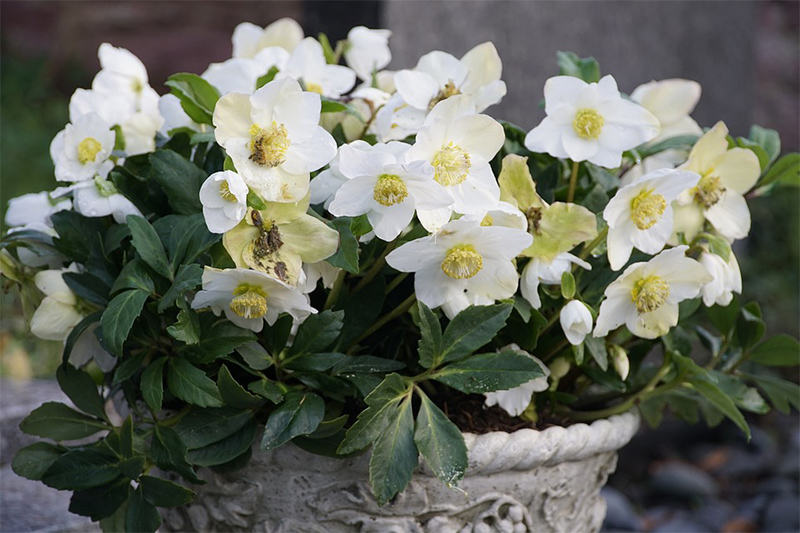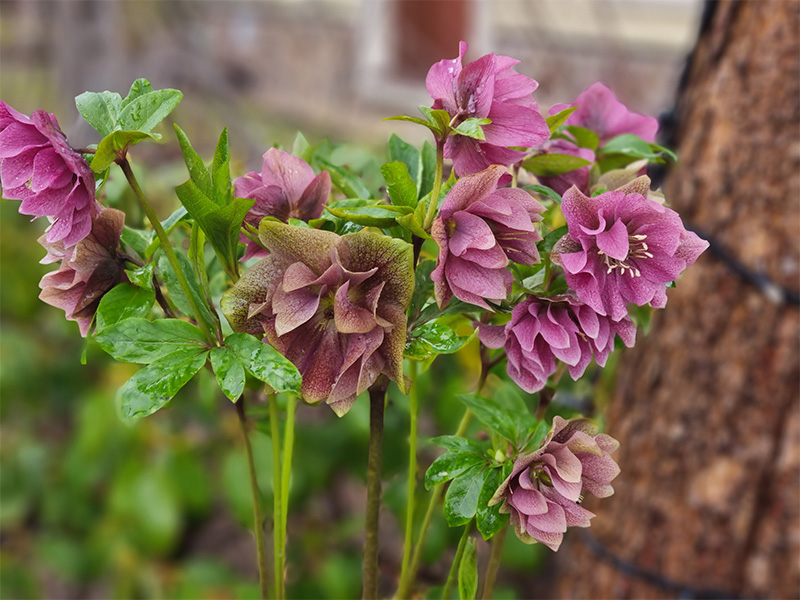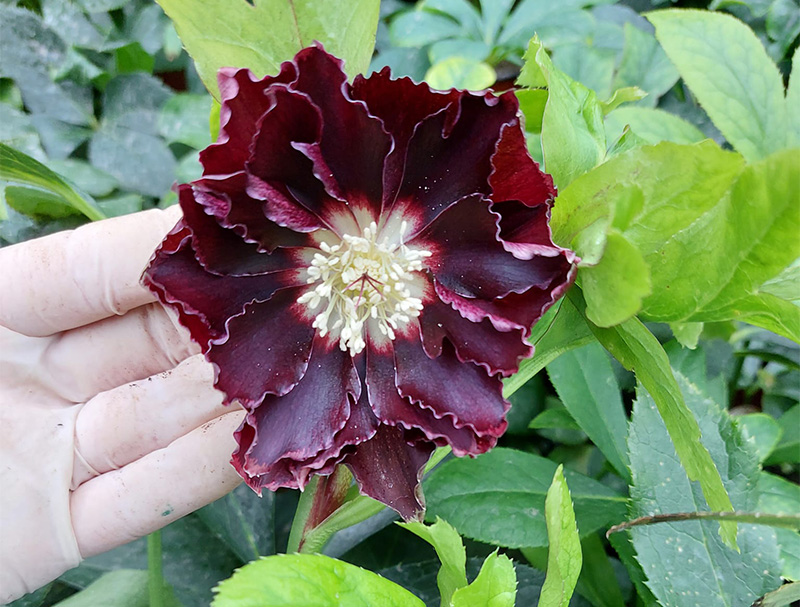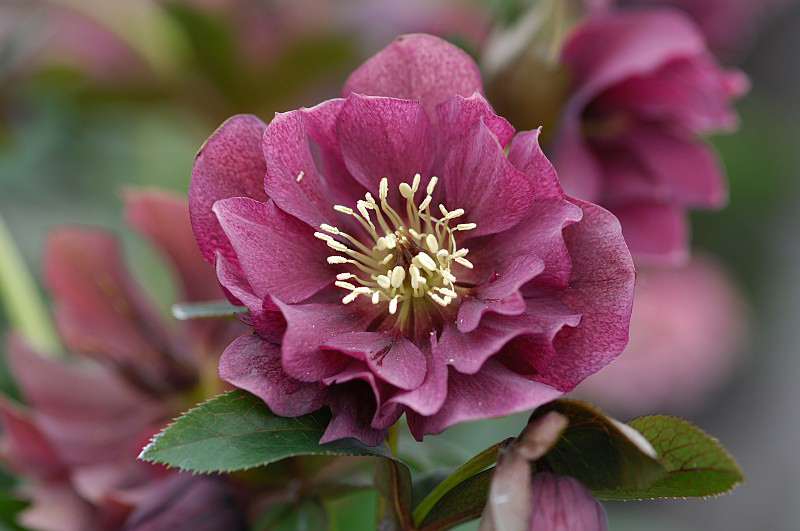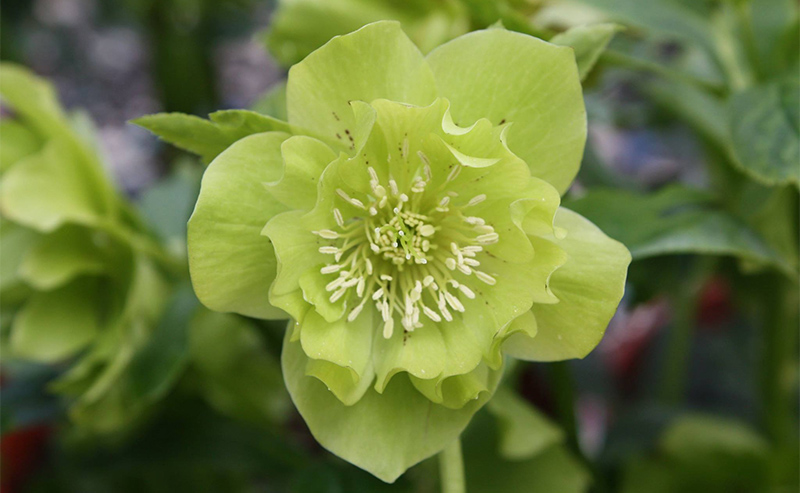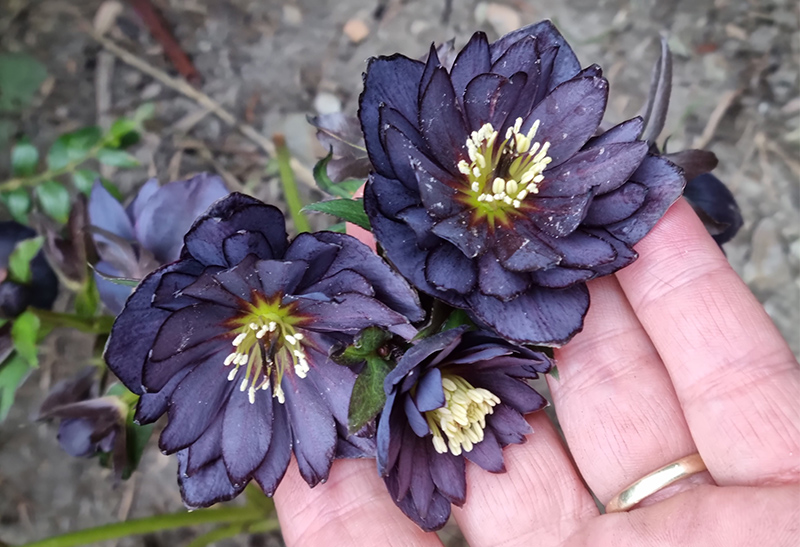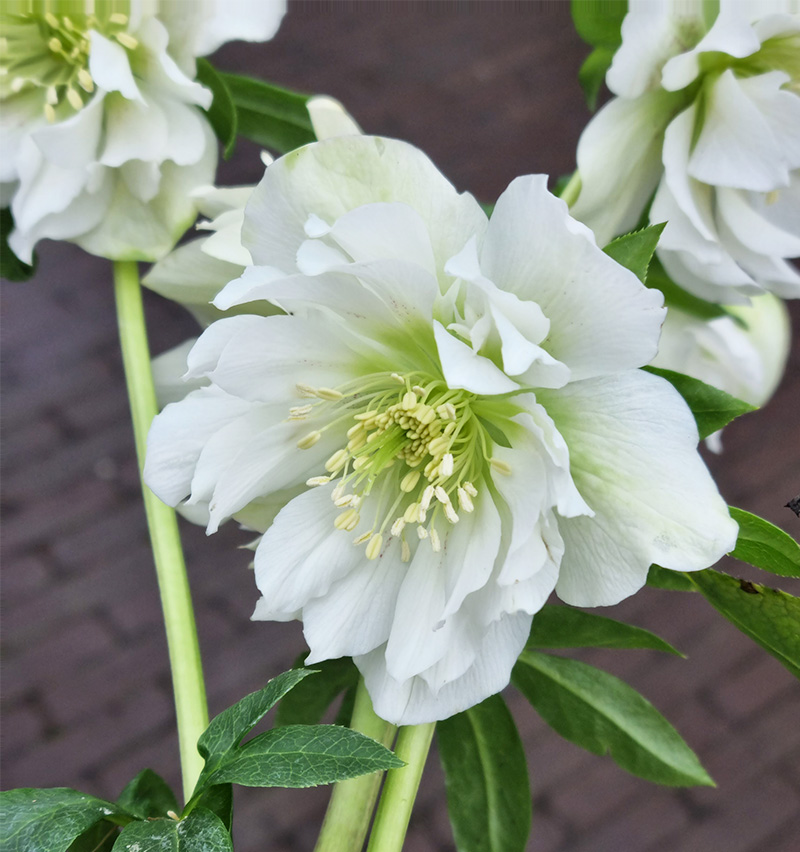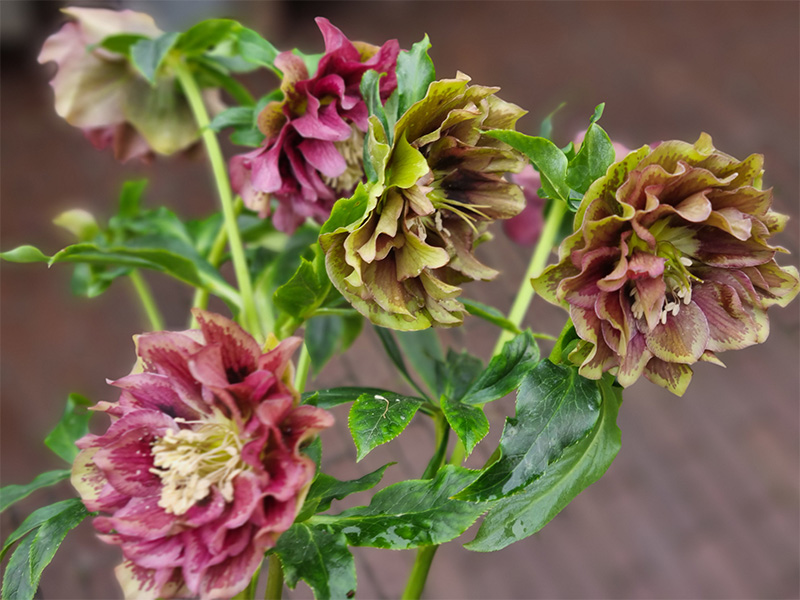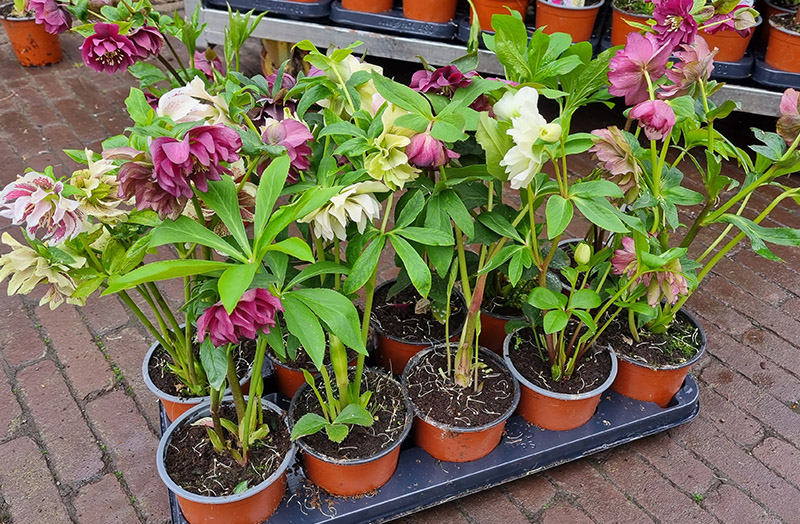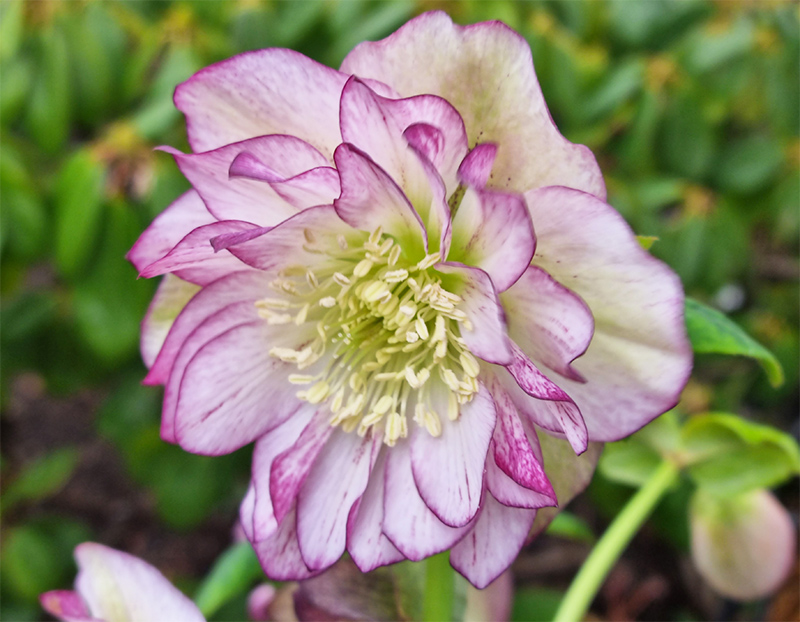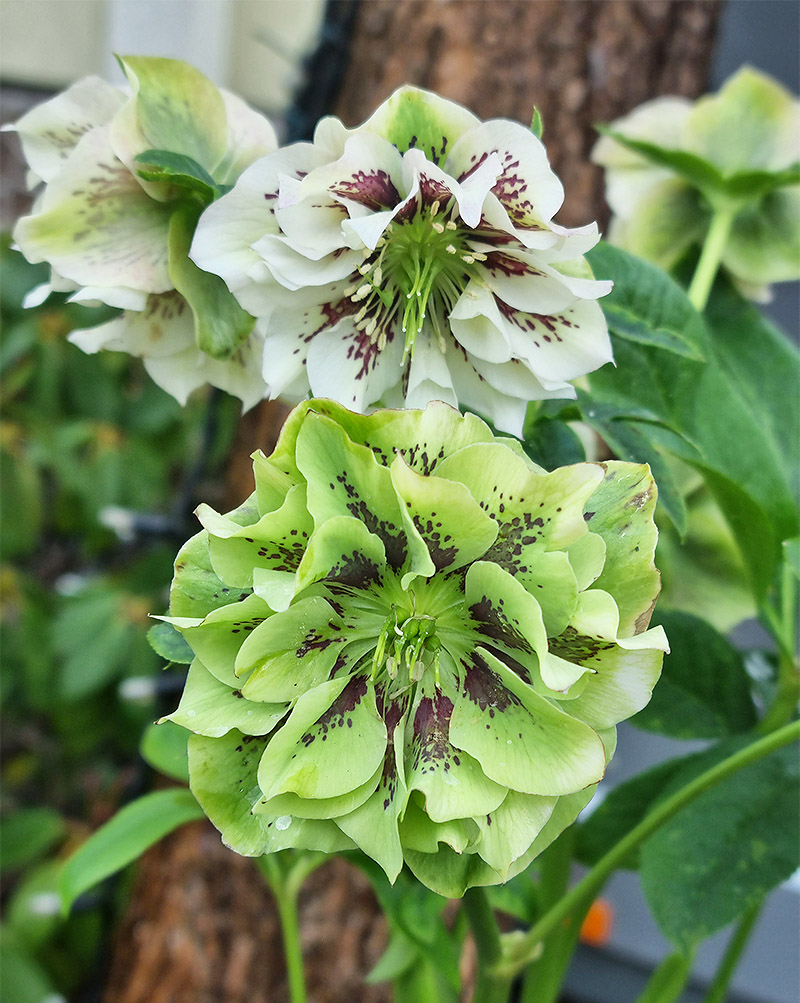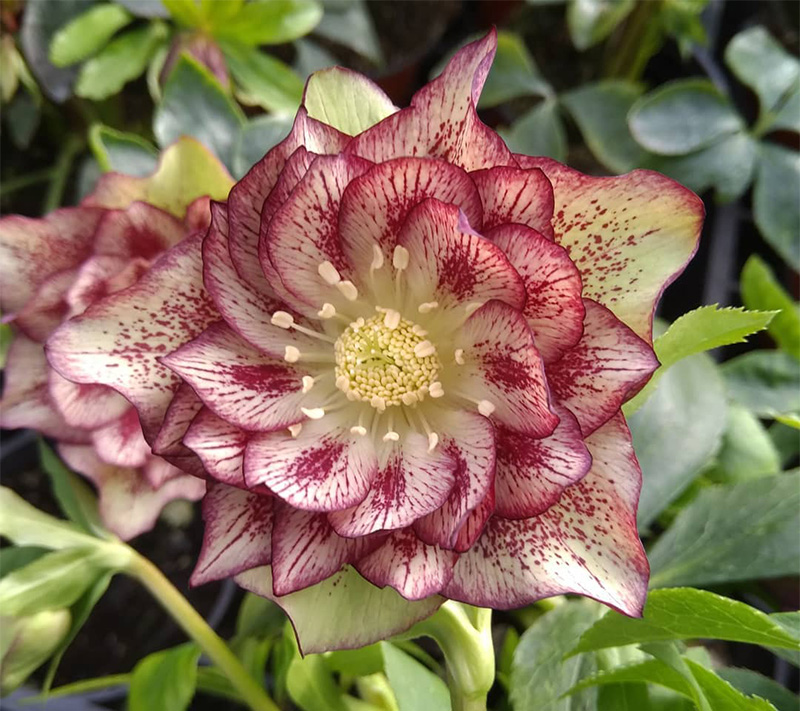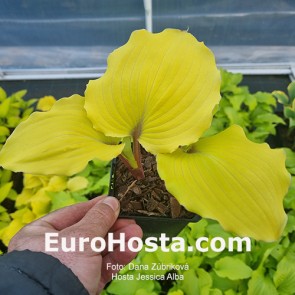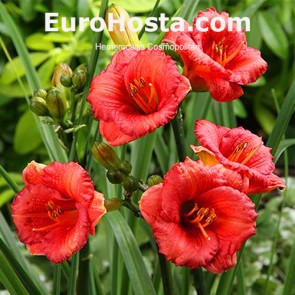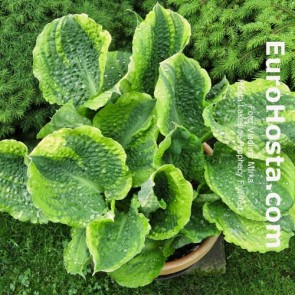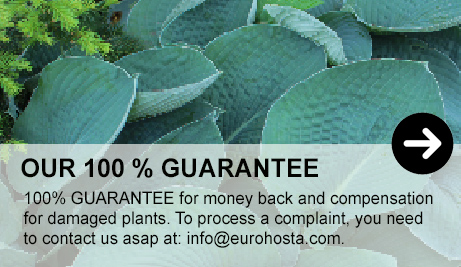Hellebores offer beautiful winter flowers | Text: Eurohosta, Foto: Eurohosta, Pixabay, E. Akerboon, January 2023
|
BLOG: Did this article interest you? Read our other articles »»» |
||||
|
Hellebore cultivation has a long tradition in Europe. Their flowers decorate the garden in the winter months, sometimes as early as January and often last until spring. In English, they are also called "lenten roses" because their flowers resemble roses and also because they bloom in spring, during the Christian Lent season. In German, they are also called Christrosen or Schneerosen - Christmas or snow roses, which is also related to their blooming season. Hellebore grows naturally in Asia and in some parts of Central and Eastern Europe, mostly in deciduous forests or in mountain meadows. There are several cultivars of hellebore at the market today, and we will give you some advice on how to care for them. The most commonly grown species in gardens Helleborus niger – Black Hellebore A lower, evergreen perennial, mostly with white, relatively large flowers. It grows naturally in mountain meadows, e.g. in Switzerland, Germany, Austria, Slovenia or Italy. It blooms in the middle of winter, often already around Christmas. The flowers are mostly white, cream or light pinkish white. It is widely cultivated in gardens. Not many cultivars have been bred. It sometimes suffers from frosts and is less suitable for growing in areas with strong fluctuations in spring temperatures. Helleborus orientalis – Eastern Hellebore It grows naturally in Greece, Turkey and Asia. Over the past 50 years, many cultivars have been bred that have white, green, creamy yellow, wine-reddish or even burgundy flowers. Some even have full flowers. It is widely cultivated throughout Europe. It is very undemanding. It likes partial shade, it does not mind the afternoon sun if the soil is moist enough. Helleborus foetidus – Stinking Hellebore Less widespread in gardens, but especially popular in the western part of Europe. A common species in the mountainous regions of Europe and Asia Minor. Helleborus purpurascens – Purple Hellebore Native species from Eastern Europe and Asia. It has pretty green leaves and purple flowers. It is also widely cultivated in gardens throughout Europe. Helleborus argutifolius – Corsican Hellebore A nice type of Hellebore from Corsica. It is cultivated only very, very rarely.
Helleborus foetidus – Stinking Hellebore
Helleborus niger – Black Hellebore
Helleborus orientalis – Eastern Hellebore How to care for hellebore? • Plant hellebores in partial shade, where they are shaded at least part of the day by other, preferably deciduous trees and bushes, which do not shade them in winter and provide protection from direct sunlight and wind in summer. Ako sa o čemerice starať? • In late winter or early spring, when new leaf stem appear, you can cut back any old or damaged leaves to the roots Wintering Hellebores are frost-resistant, hardy perennials. They will certainly survive the winters without any problems. In order to prevent damage caused by spring temperature fluctuations, you can cover them at the end of winter with cotton wool or non-woven fabric. Propagation Propagation is possible in two ways. By seeds and plant division. You can also grow hellebores from seeds relatively easily. Even small seedlings often appear spontaneously around the plants. Be aware that new plants ge plants and clean the roots from the soil. Then divide the bunch using a knife. Plant the nrown from seed will not have quite the same flowers as their parents. In the case of division, on the contrary, you always get a completely identical, new plant. Division of clumps is also a suitable method of propagation. Early autumn or spring is a suitable time for division. Carefully dig out thewly formed plants in a new place and water them well. New for 2023 : Hellebore Double Ellen Flash
Helleborus orientalis Hellebore Double Ellen Red Shades
Hellebore Double Ellen Green Shades
Hellebore Double Ellen Purple Shades
Hellebore Double Ellen White Shades
Hellebore Pretty Ellen White Spotted
Hellebore Double Ellen Picotee Shades ©©This text and photos are protected by intellectual property rights under the Law no. 618/2003 Coll. (the Copyright Act). |
||||
|
BLOG: Did this article interest you? Read our other articles »»» |

